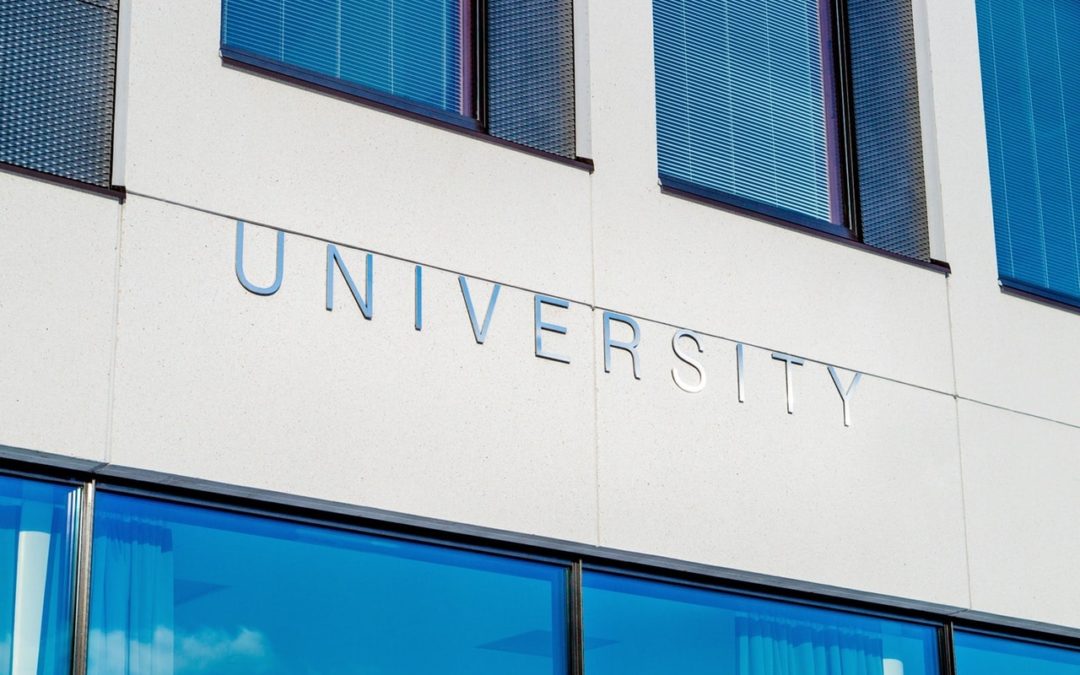Getting into the United States for your studies as an international student can be tough in the first place. But the even more difficult part lies after graduation. Especially if you want to stay in the United States for work. And that’s where the standard F-1 student visa has its pitfalls.
The story is far too familiar with international students across the globe that come to the United States for university. They obtain an F-1 student visa and enjoy a world-class education. While in college, they begin to enjoy the United States, make friends, and connect with high growth companies. Many of which come to the conclusion that this is the country they want to live and start their career. But with that realization also comes the realization that the closer they get to graduation so does their expiration date on their F-1 Visa.

Trouble Getting Sponsored
Once that realization sets in, panic or a rush to find a great job that will sponsor you ensues. And although most of these international students carry exceptional academic and professional records, finding a company to sponsor you isn’t as straightforward as it sounds.
Ishaan Khanna, who was interviewed here by VOA news. Ishaan went through the process first hand shared with VOA a little bit of his struggle.
“If I wanted to further my career, being in the U.S., especially close to Silicon Valley, was a no-brainer,” said Khanna, who was looking for jobs in the tech sector inside of the United States after graduation.
The appeal of a green card is undeniable and students who hold them are much more attractive to potential employers. With a green card, an international student can “work, live, study, as freely as you want,” Khanna said in his interview. To further the point he added, “Let’s’ be honest, if you don’t have a green card, it is really hard to get a job in America.”
When Khanna recalled interviewing for top tech companies in San Francisco after graduation, he noted this particular instance with space and tech leader SpaceX.
“I interviewed for SpaceX and I remember making it through the first round of interviews,” Khanna recalled. “And they looked at my application and they said, ‘Oh you’re not a citizen? You don’t have a green card?’ And I said ‘no,’ and they said, ‘OK, this isn’t going to work.'”
“Being able to work in the U.S. without requiring sponsorship is a big deal,” he Khanna emphasized again.
So then what’s the solution?

EB-5 as an Option Over the Student Visa
After a ton of research on how to obtain a green card inside the United States to live and work freely, Khanna decided on the EB-5.
An EB-5 is an investor visa in the United States and 10,000 are available every year to international investors. In return for investing over $500,000 and creating at least 10 full-time jobs in the United States, you receive permanent residency for two years and eligible for the rest of your life. You can learn even more about an EB-5 visa, the requirements, and how to get started here.
Although the EB-5 comes with a costly price tag of between $500,000 to $1,000,000, it is one of the quickest and most efficient ways to obtain United States residency. Making it extremely attractive for international students with short time limits and expiring visas. This investor visa also allows you and your family to use US education systems so you can utlize it directly as a student visa as well.
And the benefits for this program seem to outway the negatives. With a standard F-1 student visa, you’re restricted to on-campus work and housing during your stay and must find a sponsor after graduation. But an EB-5 can gain a student the ability to work, live, and enjoy the freedoms of being in the United States post-graduation and during their time in school. It also makes it much easier to land a job at a top company and fulfill your dreams instead of settling afterward, due to flexibility and not needing the company to sponsor them.
How to Get the Funds
Where you get the funds isn’t necessarily as important as the source of the funds. Due to investment into the United States, each investor must prove the source of the funds comes from legal for-profit business or inheritance in the country that it was made.
When it comes to EB-5 investment for student use, most of which will usually come from parents and family.
There’s no way to tell exactly what number of EB-5 visas come from students and how many are funded by their parents via the USCIS. Stephan Yale-Loehr, a professor of immigration law at Cornell Law School did note that he would think several hundred students get an EB-5 investor visa each year.
However, Khanna in his interview with VOA, an EB-5 visa holder from India, said, “I do know a lot of people who do it, especially students.”
How to Invest the Funds Safely
The big concern for most students is how to invest safely. As most students from abroad are not coming to the United States for Finance, Investment, or Real Estate. But they are coming to be apart of the booming science, tech, or medical fields inside of top universities. So figuring out how to best allocate their investment and how to do it correctly to be eligible for an EB-5 can be tough.
That’s where a regional center comes into place. A regional center collects investments from different sources, one of which is EB-5 investors. It then takes these investments and puts them into a low-risk project such as a commercial or residential real estate unit. The best part about a regional center is that it’s a hands-off investment. The regional center will take care of your investment, ensure you always meet the requirements and provide a good exit strategy for you when the time comes. But determining the right regional center can still a daunting decision.
This is where it helps to have a good independent EB-5 lawyer that can help you make the right decision. Not only to get your eligibility for an EB-5 but give you the security that you would like in your investment and the hands-off approach of investing that a regional center project gives you. The last thing you want to have is an EB-5 disaster on your hands. This is why at Rahbaran & Associates we stay completely independent of a specific regional center to give you a non-biased opinion of what’s best for you, your family, and your needs involved.

In Conclusion
An EB-5 can be a great way for foreign students to enjoy the flexibility of being a US resident during school and post-graduation. Although it carries a high price tag to receive the benefits it can have on your family and career future can be well worth your while. Be sure that you’re investing with the right company and have the correct non-biased representation to get the most out of your investment and the least painful application process.
If you’re interested in learning more about an EB-5, the process, requirements, or anything about regional centers, you can do so at our EB-5 knowledge center.
If you’d like to talk to one of our immigration experts or get started on your immigration application today you can contact us here and we’ll answer any questions you might have.

